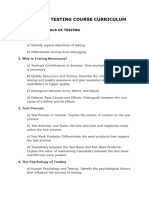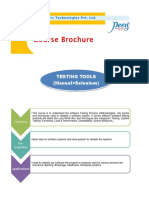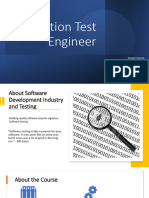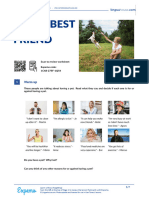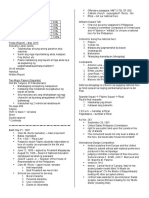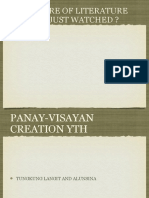0% found this document useful (0 votes)
30 views20 pagesSoftware Testing Bootcamp - Outlines
The Software Testing Bootcamp consists of 130 hours across 30 sessions, covering ISTQB-FL and Agile certification preparation, practical testing, API testing, and web automation testing using Java and Selenium. The curriculum includes fundamental testing principles, test management, and hands-on training in manual and automated testing techniques. Participants will also learn to utilize AI tools in testing processes and complete a final project to demonstrate their skills.
Uploaded by
ahmed.eldkamawy50Copyright
© © All Rights Reserved
We take content rights seriously. If you suspect this is your content, claim it here.
Available Formats
Download as PDF, TXT or read online on Scribd
0% found this document useful (0 votes)
30 views20 pagesSoftware Testing Bootcamp - Outlines
The Software Testing Bootcamp consists of 130 hours across 30 sessions, covering ISTQB-FL and Agile certification preparation, practical testing, API testing, and web automation testing using Java and Selenium. The curriculum includes fundamental testing principles, test management, and hands-on training in manual and automated testing techniques. Participants will also learn to utilize AI tools in testing processes and complete a final project to demonstrate their skills.
Uploaded by
ahmed.eldkamawy50Copyright
© © All Rights Reserved
We take content rights seriously. If you suspect this is your content, claim it here.
Available Formats
Download as PDF, TXT or read online on Scribd
/ 20



